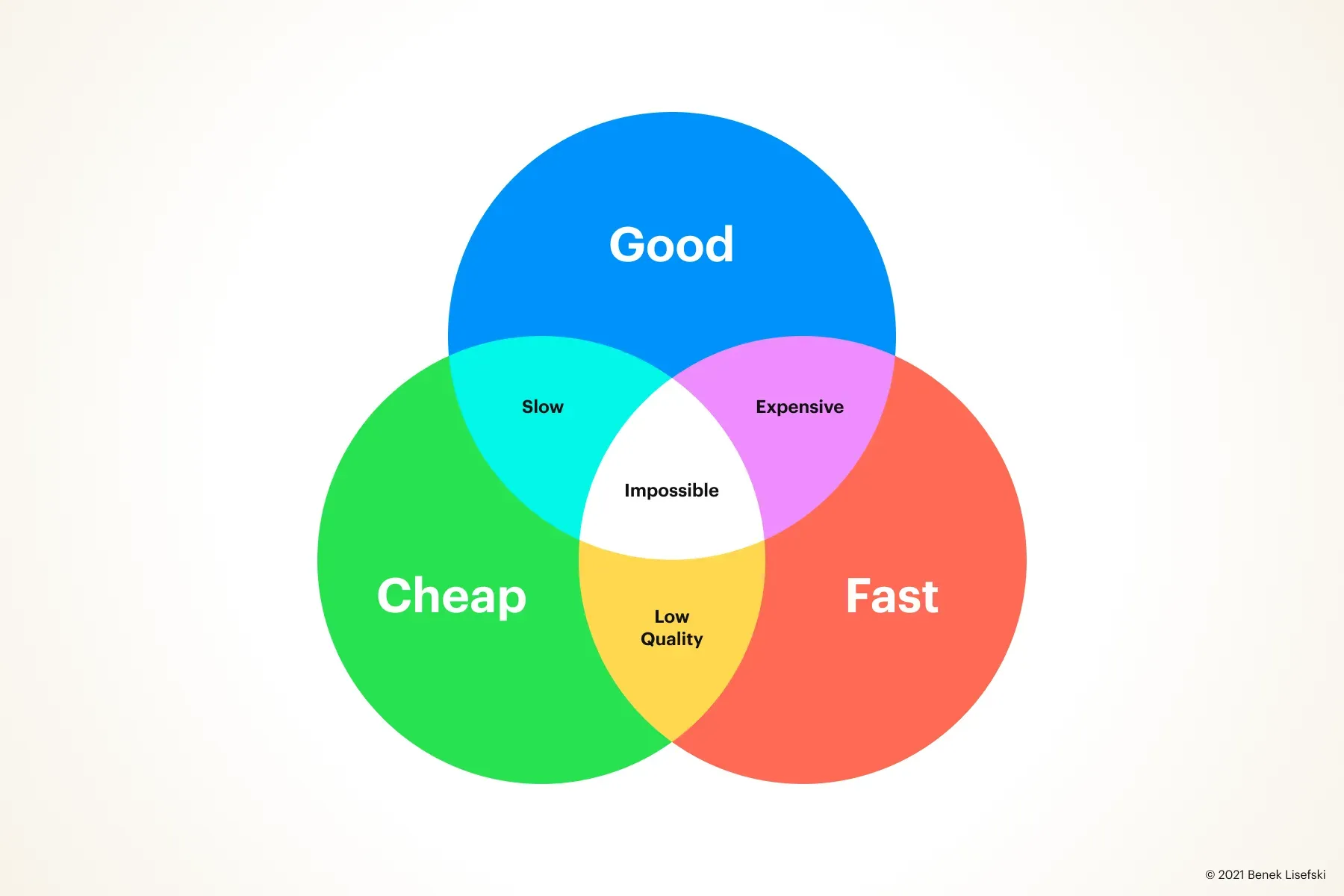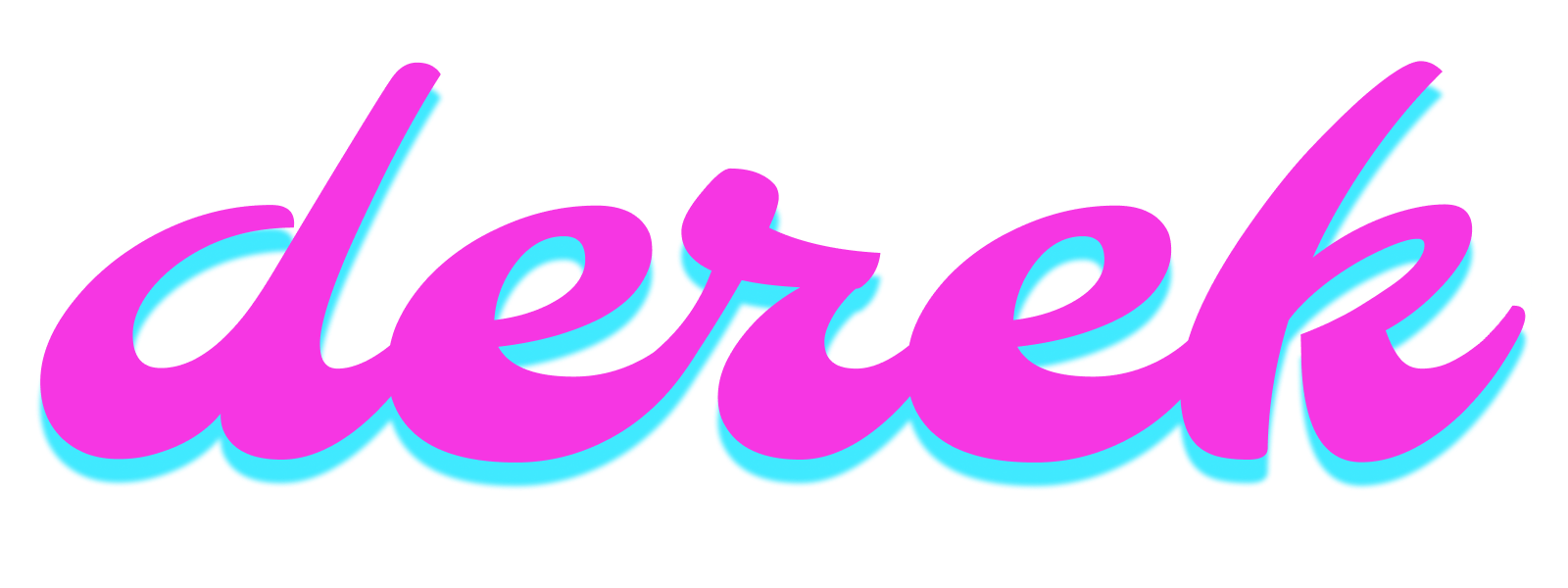Good, Fast, Cheap

For decades, we operated under a rule that felt like gravity.
Good, Fast, Cheap - pick two.

It wasn’t cynicism. It was reality.
Anyone who’s built things - products, films, websites, startups - understood this triad not as a myth, but as a practical constraint.
You could sprint, or polish, or conserve budget - but never all three at once.
And then, quietly, the ground shifted.
The Old Constraint
The “pick two” model made sense in a world where human effort scaled linearly with output. To make something better took more time.
To do it faster, you had to hire more expensive talent.
Want to keep it cheap?
Then something - usually quality or speed - had to give.
This wasn’t a lie. It was physics.
Before I joined Exer I was mostly consulting as a go-to-market lead for early startups.
Small businesses - ecommerce, software, brands - with big ambition, always balancing this core paradigm.
But like all paradigms, it was built on the tools of its time.
Intelligence on Tap
Today, things are different. We now have access to an entirely new kind of leverage: modern LLM-based AI.
This is not just automation.
It’s not a smarter copywriter or calculator.
This is applied intelligence at scale - creativity, structure, synthesis, and iteration on demand.
Tasks that once took hours now take minutes.
Drafts emerge fully formed. Entire workflows compress.
You still need judgment.
You still need taste.
You still need great editors, strategists, and domain expertise.
But the scaffolding - the tedious 80% of every creative or analytical job - can now be generated, remixed, and refined with almost no marginal cost.
Good + Fast + Cheap (with a footnote)
So yes: Good, Fast, and Cheap is now possible.
But there’s a footnote.
You don’t get this outcome “out of the box.” You still have to work the edge.
You have to:
- Know how to ask the right questions.
- Shape prompts like tools, not wishes.
- Refine outputs with surgical editorial sense.
You have to layer in taste, experience, and context that no model can simulate from scratch.
AI lowers the cost of iteration. But the quality of iteration still depends on you.
Earn All Three
This is a new paradigm - not because the old one was wrong, but because the boundaries have changed.
We’ve moved from “choose two” to “earn all three.”
The cost of creative output is falling, but only if you've got the confidence and skills to guide it in the right direction.
The Venn diagram is now broken.
